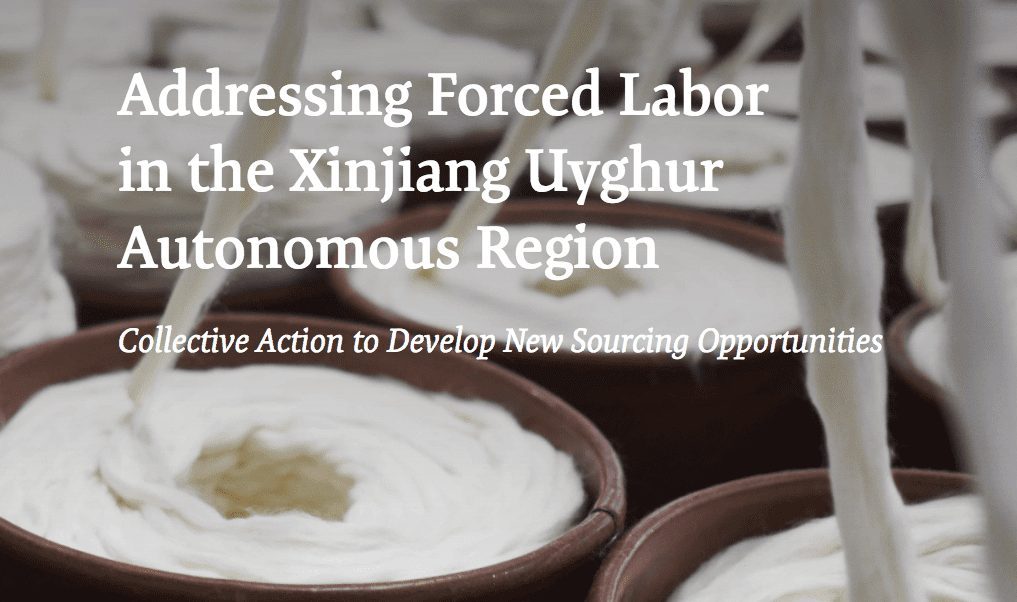
Addressing Forced Labor in the Xinjiang Uyghur Autonomous Region: Collective Action to Develop New Sourcing Opportunities
This report is the fourth in a series that CSIS’s Human Rights Initiative (HRI) has produced to identify how businesses, governments, multilateral organizations, nongovernmental organizations (NGOs), and other actors can work together to address forced labor linked to China’s Xinjiang Uyghur Autonomous Region (XUAR). This report discusses a path forward to address XUAR-linked forced labor through the diversification of sourcing, with a particular focus on apparel, textile, and footwear supply chains.
The XUAR produces around 20 percent of the world’s cotton. This cotton is consumed inside China, where it is spun with imported cotton from other countries to create yarn and then textiles. China is the world’s largest producer and exporter of yarn, textiles, and apparel. Commitments and laws aimed at eliminating inputs linked to XUAR forced labor from the supply chain may remain mostly symbolic until: (1) the capacity to trace products back to their source is significantly strengthened; and (2) stakeholders work together to rapidly develop alternative sourcing hubs that provide cost-effective alternatives that abide by labor rights. Mitigating the potential risks of XUAR-linked forced labor requires developing strategies to diversify sourcing outside of China, promoting the development of alternative sourcing hubs, and ensuring that those new hubs incorporate modernized labor and workplace safety protections.
Industry experts state that the development of new sourcing hubs typically requires around 10 years if it occurs organically. Governments must use policy tools and companies must make longer-term commitments to new regions to speed this process, as described in this report.
New sourcing hubs for textiles, apparel, and footwear must be vertically integrated as much as possible within the region or country, both to avoid XUAR inputs and create cost efficiencies. This requires substantial investment in yarn and textile mills, which require expensive equipment and skilled workers and do not provide a return on investment for a number of years. To grow or establish new hubs, a country or region must provide appropriate incentives, such as adequate infrastructure, ample investment, openness to labor rights and environmental protections, and opportunities for worker upskilling. The United States and European Union must set tariffs and develop trade arrangements that encourage the development of country or regional hubs and should use development assistance to improve the infrastructure supporting them.
Such hubs also rely on inputs of cotton that are not XUAR-related and ideally originate in the same region. Because of China’s dominance in sector-specific infrastructure and capacity today, the currently limited use of traceability technology, and the need to build substantial capacity in alternative countries and regions over the long term, such diversification will take time. However, effective planning and coordination among stakeholders could substantially expedite the process.Such diversification brings a number of benefits beyond eliminating XUAR-linked forced labor. It can create greater flexibility and resilience to supply chain shocks, a growing priority in the Covid-19 era. It can support reshoring and nearshoring. Implemented thoughtfully, diversification could also assist with the UN Sustainable Development Goals by providing decent work and integrating stronger environmental standards.
Read more here.
